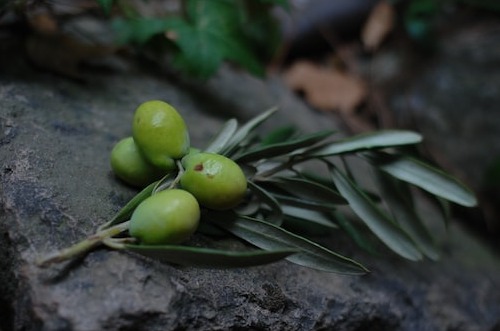
In W24 in the olive and olive oil landscape, the export volume of Spanish olive oil in the first half of the 2022/23 campaign decreased by 30% to 350 thousand mt due to limited supply. However, the export value only declined by 5% to USD 1.798 billion, as the average export price rose 35% to USD 5.11/kg, compared to USD 3.79/kg during the same period in 2021/22. All major markets experienced a drop in exports except Russia, which saw an 8% increase to 2,171mt. Shipments to Italy decreased to 71,325mt, less than half of what was exported in the first six months of the previous campaign. Imports, on the other hand, saw a 1% increase in volume and a significant 43% increase in value, primarily due to a notable rise in the average olive oil price to USD 4.49/kg compared to USD 3.16/kg in the same period in the previous campaign. In May, Spain continued its positive sales trend, with another 95 thousand mt sold (including imports), reinforcing its position in the market. Throughout the entire campaign, 644,729mt have already been sold.
The Spanish Olive Oil Interprofessional launched a campaign in Beijing to showcase the nutritional benefits, versatility, and different varieties of olive oil to Chinese consumers, where 90% of the imported olive oil comes from Spain. One of the challenges faced in popularising olive oil in China is the misconception that it is not suitable for cooking at high temperatures. However, experts have highlighted instances where Spanish olive oil can be well combined with Chinese cuisine. Moreover, in the province of Castellón in Spain, hail damage has affected 1,308 hectares of horticultural crops, including 600 hectares of olive and almond cultivation, resulting in total damage amounting to USD 701,420. The D.O.P. Sierra de Cazorla Oil predicts that the recent rainfall will not alleviate the large losses suffered due to the high temperatures of last April.
Rio Grande do Sul is expected to have a record production of olive oil in the 2022/2023 cycle at 600 thousand litres. In the previous harvest, the state produced 448.5 thousand litres of olive oil. The state is currently the largest producer in Brazil, accounting for over 80% of the total volume of extra virgin olive oil produced in the country. The state boasts nearly 6 thousand hectares of olive trees dispersed across 110 municipalities and supported by 321 producers. Lastly, by 2050, the self-sufficiency rate of olive production in Jordan is projected to decrease to 55% as a result of climate change. The country continues to face water challenges, with over 90% of its land receiving less than 200mm of rainfall annually.




